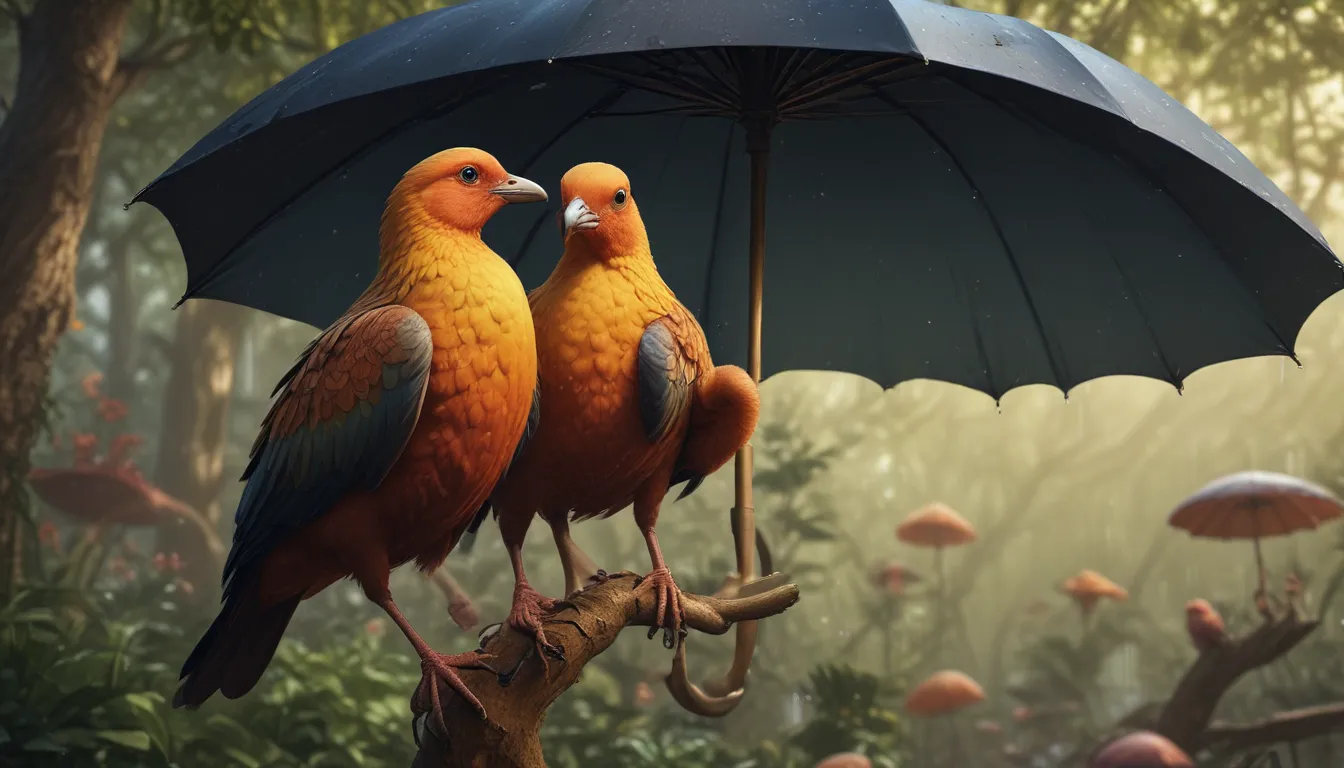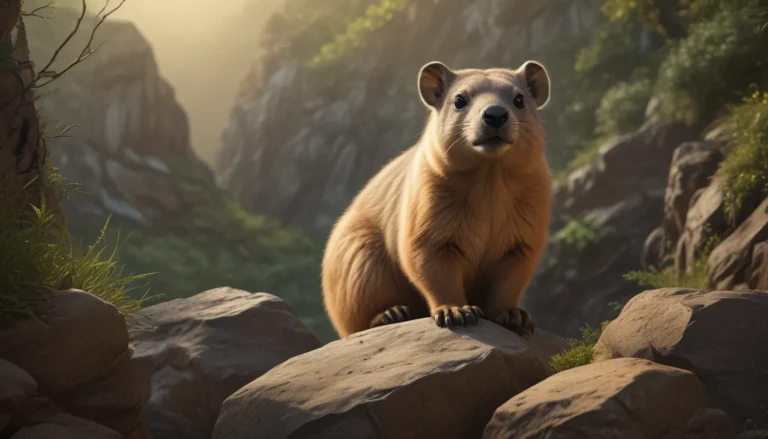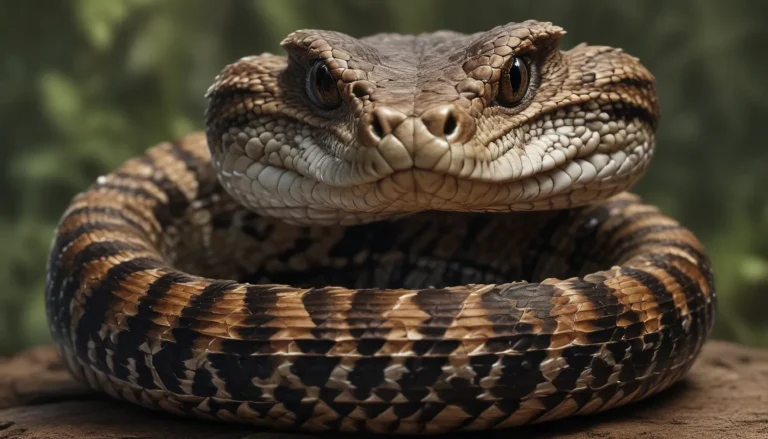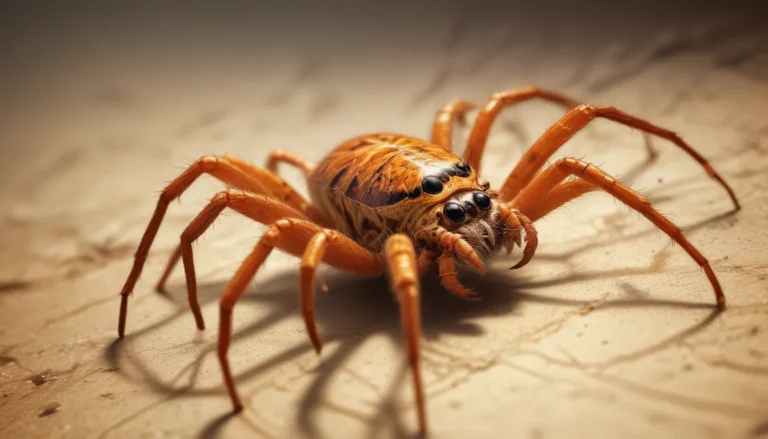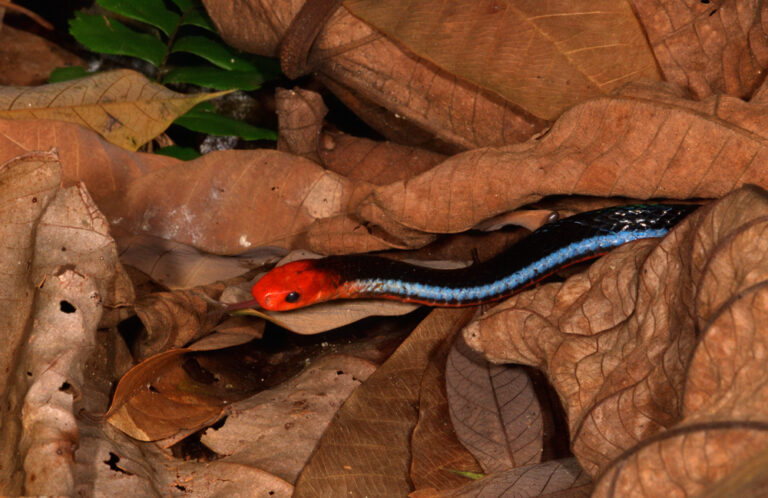The pictures we use in our articles might not show exactly what the words say. We choose these pictures to make you interested in reading more. The pictures work together with the words but don’t take their place. The words still tell you the important facts.
Umbrella birds are captivating avian species that beckon us into the enchanting realm of the rainforests of Central and South America. With their majestic plumage and unique behaviors, these tropical birds are a testament to the beauty and diversity of the natural world. In this article, we will embark on a journey to uncover the mysteries and marvels of umbrella birds. Let us delve into their fascinating world and discover what makes them truly extraordinary.
Exploring the Enchanting World of Umbrella Birds
Umbrella birds, belonging to the Cotingidae family, are known for their distinctive crest that resembles an open umbrella, hence their name. These magnificent creatures play a vital role in their ecosystem as seed dispersers, contributing to the growth and spread of various plant species in their habitat. However, they face threats from habitat loss, illegal hunting, and the pet trade, making conservation efforts essential to safeguard their populations.
Magnificent Plumage: Nature’s Masterpiece Revealed
One of the most striking features of umbrella birds is their extraordinary plumage, characterized by a long, black crest that extends over their bills. This umbrella-like crest can be opened and closed, adding to the allure of these majestic birds. The male umbrella birds can reach up to 24 inches in length, showcasing their impressive size and presence in the avian world.
Habitat and Range: A Glimpse into Their Lush Rainforest Homes
Umbrella birds make their homes in the lush rainforests of Central and South America, with countries like Ecuador, Colombia, and Peru being their preferred habitats. These birds thrive in the lowland forests and foothills of these regions, where they play a crucial role in maintaining the delicate balance of their ecosystems.
Frugivorous Diet: Nourishing the Ecosystem with Fruits
Feeding primarily on fruits, umbrella birds are essential frugivores that help in seed dispersal by consuming fruits and later excreting the undigested seeds. Their strong beaks enable them to break into various fruits, including palm fruits, berries, and figs, showcasing their specialized dietary preferences.
Mysterious Courtship Displays: Dance of Love and Intrigue
During the mating season, male umbrella birds engage in elaborate courtship displays to attract females. They flaunt their impressive crest, fluffing it up and swinging it back and forth in a mesmerizing dance of love and intrigue. Their vocal abilities also come to the forefront during these displays, with a wide range of calls ranging from booming sounds to melodious whistles.
Conservation Efforts: Safeguarding the Future of Umbrella Birds
With umbrella birds facing threats to their populations, conservation organizations and researchers are diligently working to protect and conserve these magnificent avian species. Efforts are focused on preserving their natural habitats, enforcing anti-poaching laws, and raising awareness about the importance of conserving umbrella birds to ensure their survival for future generations.
Ecological Importance: Guardians of the Rainforests
Umbrella birds play a crucial role in the health of their habitats as seed dispersers. By aiding in the growth and spread of plant species through their dietary habits, these birds contribute to the richness and diversity of the rainforests they call home. Their presence serves as an indicator of the well-being of these vital ecosystems.
Unique Cultural Symbol: Revered in Indigenous Folklore
In some indigenous cultures, the umbrella bird holds significant cultural symbolism, representing beauty, power, and divine connection. Its remarkable appearance and behavior have earned it a place in folklore and traditional ceremonies, where it is revered as a symbol of reverence and admiration.
FAQs: Unveiling the Mysteries of Umbrella Birds
- Habitat: Umbrella birds primarily inhabit the lowland rainforests of Central and South America, including countries like Ecuador, Colombia, Peru, and Brazil.
- Name Origin: Umbrella birds get their name from the large, umbrella-shaped crest on their heads, which they can raise and lower as part of their courtship displays.
- Diet: These avian creatures feed primarily on fruits but may also consume insects, small reptiles, and amphibians.
- Conservation Status: Some species of umbrella birds are listed as vulnerable or near threatened due to habitat destruction and fragmentation.
- Migration: Umbrella birds are generally sedentary and do not undertake long-distance migrations, but may make local movements in search of food.
- Mating Rituals: Male umbrella birds attract mates through elaborate courtship displays, including vocalizations and dances.
- Lifespan: Umbrella birds can live up to 20 years in the wild, with factors like predation and habitat conditions influencing their longevity.
- Social Behavior: While generally solitary, umbrella birds may form small groups during mating seasons or abundant food availability.
- Flight Abilities: These birds are capable flyers, using their strong wings to navigate their forest habitats and search for food.
- Mimicry: Umbrella birds are known for their ability to mimic sounds, including imitating the calls of other bird species in their environment.
Unveiling the wonders of umbrella birds reveals a world filled with beauty, intrigue, and ecological significance. These extraordinary avian species captivate us with their mesmerizing displays, vital ecological roles, and rich cultural symbolism. By understanding and appreciating the marvels of umbrella birds, we can work together to ensure their conservation and the preservation of their precious habitats. Let us celebrate the awe-inspiring beauty of these birds and strive to protect them for generations to come.
